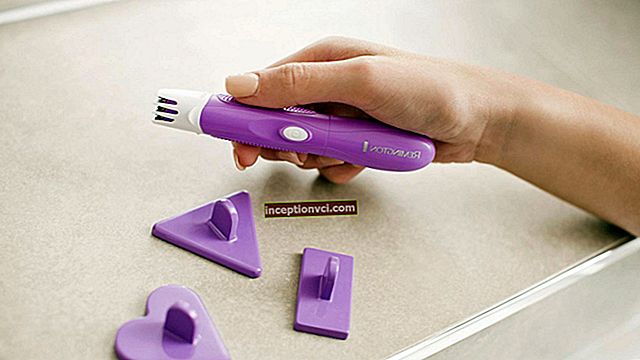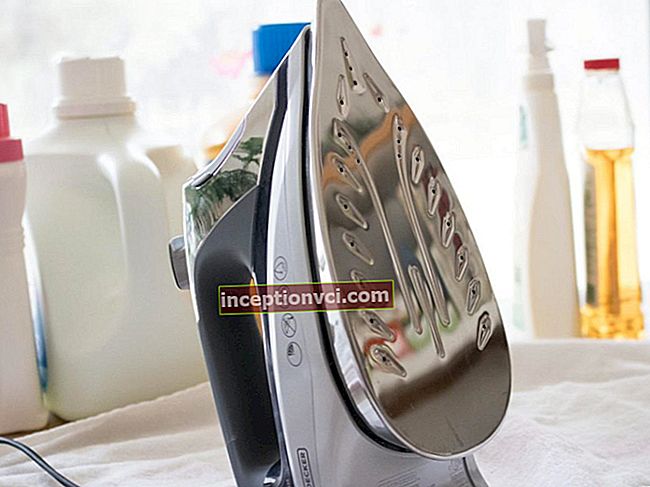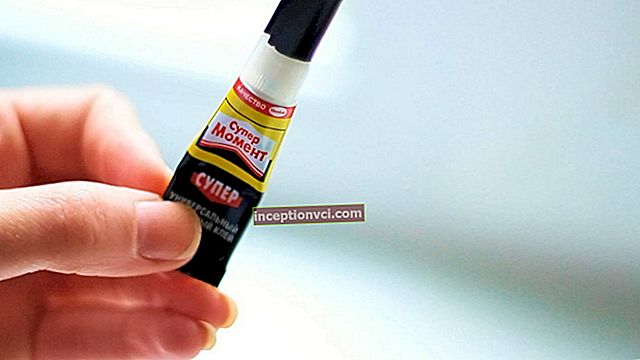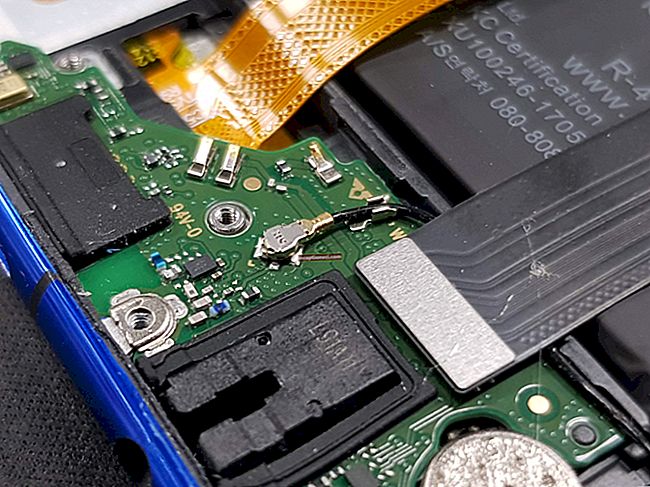What is better to put on spinning - fishing line or cord (braid). This is the wrong way to ask the question, since the fishing conditions influence the choice. Or rather: where you fish, what, what, and even who you catch. In one case, a cord is suitable, in the other - a fishing line.

- The braid is thick - like a thread. It is good for cutting the bony mouths of fish. It is used for spinning rods, for bottom gear (feeder), in carp fishing, for catfish and trout.
- On the line, it is better to catch cautious fish that are afraid of braids. Choose as thin as possible, so long as it can withstand the weight of the fish and has a margin of safety. The thinner the line, the more invisible it is in the water. This is the only way the fish feels more comfortable and bites better. And the line is also good if you use ultralight lures.
Read below how to choose the right fishing line.
How to choose a fishing line
Fishing lines are divided into three types.
- Monofilament is made from nylon, polyethylene and other polymers. They are stronger than those produced in the past. If 20 years ago a 0.12 mm thread could withstand about 800 g, now it is 2.55 kg.
- Fluorocarbon ones look no different from monophilic ones, but they last longer and more practical. In the water, such a line is not visible to fish, which improves the bite. It stretches worse, is resistant to chafing and sinks faster.
- The cord is durable. It is used in any type of fishing except for float fishing.

Sinking lines are usually written "sinking". There are no floating markings. If you fish in windy weather, the floating line carries a gust and it drags the float behind it. And the sinking one goes under the water and the float stands still. It's comfortable.
I put a 0.16 mm line and a lead from lead to hook 0.12 mm on my rod. One and a half kilogram crucians are caught "with a bang", the tackle withstands. The only thing that forces you to put a thick line is if you fish in snags, in reeds or in thickets. There are frequent snags, and a thin line (0.12 mm) often breaks. You have to set it to 0.21 mm. This is the thickest I have ever used while fishing. It is suitable for almost any fish weighing up to 4 kg.
Good is the line that has no memory. Press it down with your fingernail and pull it through your fingers. If it spins into a spring - it's bad, it will be inconvenient to catch on it. Tightly wound on a small spool, this one will remember all the turns. Cast away the rod, the whole line will be like a spiral. She does not sink, gets confused and gets stuck in rings.
The "memory" of the line does not matter if you fish with a fly rod without a reel. The thread is always straight as it is attached to the rod tip. Coils on the reel only when you go home.
How to choose a braid for spinning
Don't buy a thick cord. Normal is still 2-3 times stronger than fishing line. I used to put 0.3 mm fishing line on the spinning rod and caught 3-5 kg pike. Now I fish exactly the same pike on a braid 0.08-0.10 mm. She is able to hold 5 kg. And buy a thicker one, the casting distance will suffer. Catch the snag, you will have to wind the braid on a stick and only then tear it off. After all, the braid is very strong. Rather, the spinning rod will break than it will break.
Cords differ in the way they are woven. Take a closer look. If the fibers are woven in different directions, they will not spontaneously unravel. And those that are twisted in one direction, bloom.
In float fishing, the braid is not comfortable. She floats on the surface of the water, she is pulled by the wind. When wet, the cord becomes heavy and drags even a five-gram float to the bottom. In addition, the braid collects all the dirt on the surface of the reservoir. Especially poplar fluff, which hangs down in rags and clogs the tulip. And yes. If there was a "shot" of the line, then in 90% of cases you will not untangle it.We'll have to cut and tie everything again so as not to poke around with a needle.
Line marking: how to determine the diameter yourself
All manufacturers are a little wise. Some underestimate the diameter of the line, others overestimate the breaking load. It would be nice to know the average value from which you can build on. But that's the catch.
In fact, it is problematic to determine the exact diameter of the braid from different manufacturers. When buying American braids (Power Pro, Sufix), it is preferable to focus on breaking load. Line mark (lb) is in pounds.
1 lb = 450 g
Multiply pounds by 0.45. Find out the breaking load value in kg. Thus, it will be easier to navigate the diameter of the braid, taking into account its declared breaking load.
Japanese manufacturers (Shimano, Salmo, Sunline) have their own measurement system, where the number and weight of threads are taken as a basis. I determine the diameter of the braided line using a conventional micrometer (not to be confused with a caliper).

Try it too.
- Tie a knot on the braid.
- Dissolve the micro-sponges of the micrometer, put a knot there and tighten gently.
- Divide the resulting value by two. For example, 0.4: 2 = 0.2 mm.
By the conditional value, it is easier for me to navigate with the diameter of the line. And I don't do the extra work when I have to wind the thread on spools. Check and you. At the very least, you will know exactly which line to use for weights less than 20 g, and which more than thirty.
Read: "How to choose a cauldron"
Watch the video which braid is better - Japanese or Chinese









